A blazing summer sun, long dry spells, and scorching heat waves can leave even the healthiest gardens looking tired and wilted. Lawns turn brown, flowers droop, soil dries out, and vegetable beds may struggle to produce. If your garden has endured a tough summer, don’t worry—there are plenty of practical ways to bring it back to life. With the right techniques, you can restore soil health, encourage plant recovery, and prepare your garden for vibrant growth in the seasons ahead.
In this article, we’ll explore five proven ways to revive your garden after a hot summer, complete with detailed tips and strategies for gardeners of all levels.
1. Rehydrate and Refresh the Soil
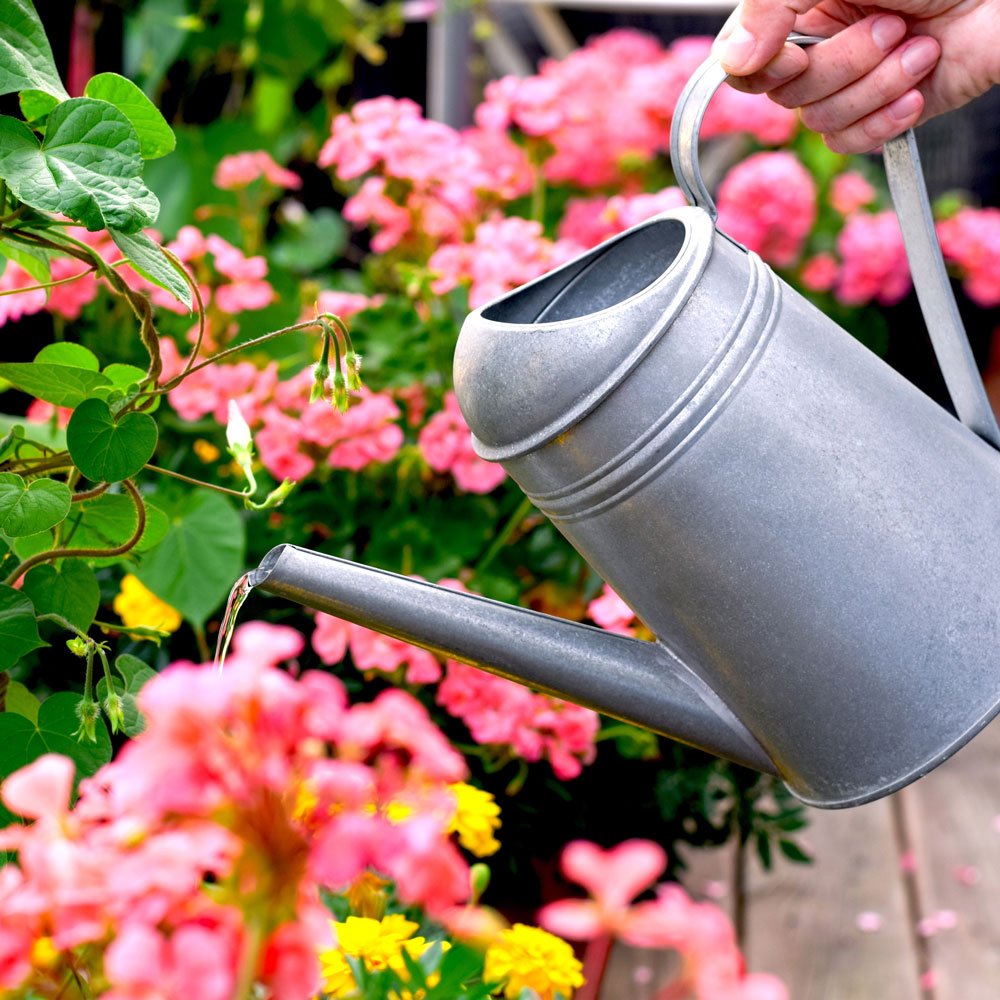
One of the biggest challenges after a hot summer is dry, compacted soil. Extreme heat evaporates moisture quickly, leaving your garden’s foundation weak and unable to support healthy roots. To revive your plants, the first step is rehydrating and restoring soil structure.
Tips for Soil Recovery:
- Deep Watering: Instead of frequent shallow watering, give your garden a long soak. This encourages roots to grow deeper, making plants more resilient.
- Soaker Hoses or Drip Irrigation: These tools deliver water slowly at the root zone, minimizing evaporation and waste.
- Compost and Organic Mulch: Add a 2–3 inch layer of compost to replenish lost nutrients, then cover with mulch (like shredded bark, straw, or leaves). Mulch locks in moisture, regulates temperature, and prevents further soil drying.
- Loosening Compacted Soil: Use a garden fork to gently aerate compacted areas. Avoid aggressive tilling, which can disturb beneficial microorganisms.
Healthy soil is the foundation of revival—once it’s recharged, your plants will quickly bounce back.
2. Prune and Deadhead to Encourage New Growth
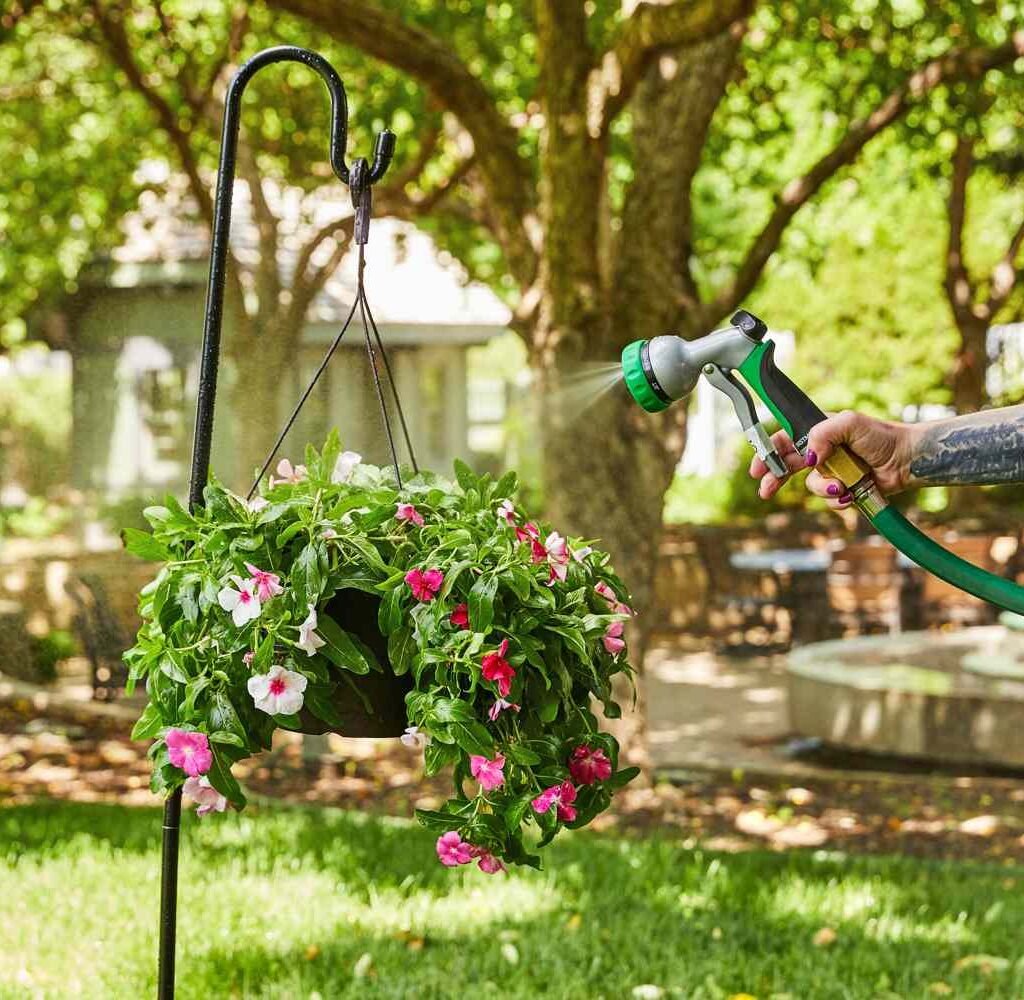
Heat-stressed plants often have scorched leaves, wilted stems, or faded flowers. Removing this damage not only improves appearance but also directs the plant’s energy toward new, healthy growth.
How to Prune After Summer:
- Deadhead Flowers: Remove spent blooms from annuals and perennials. This encourages more flowers to develop in the cooler months.
- Trim Damaged Leaves: Snip away brown or crispy foliage. This helps prevent pests and diseases from settling in weak tissue.
- Rejuvenation Pruning: For overgrown shrubs or perennials, consider cutting them back by one-third to stimulate fresh growth.
- Focus on Perennials: Many perennials like coneflowers, black-eyed Susans, and salvias respond well to a post-summer trim and may even bloom again in early fall.
Pruning is like giving your garden a fresh haircut—it looks cleaner and helps plants use their energy wisely.
3. Reseed and Repair the Lawn
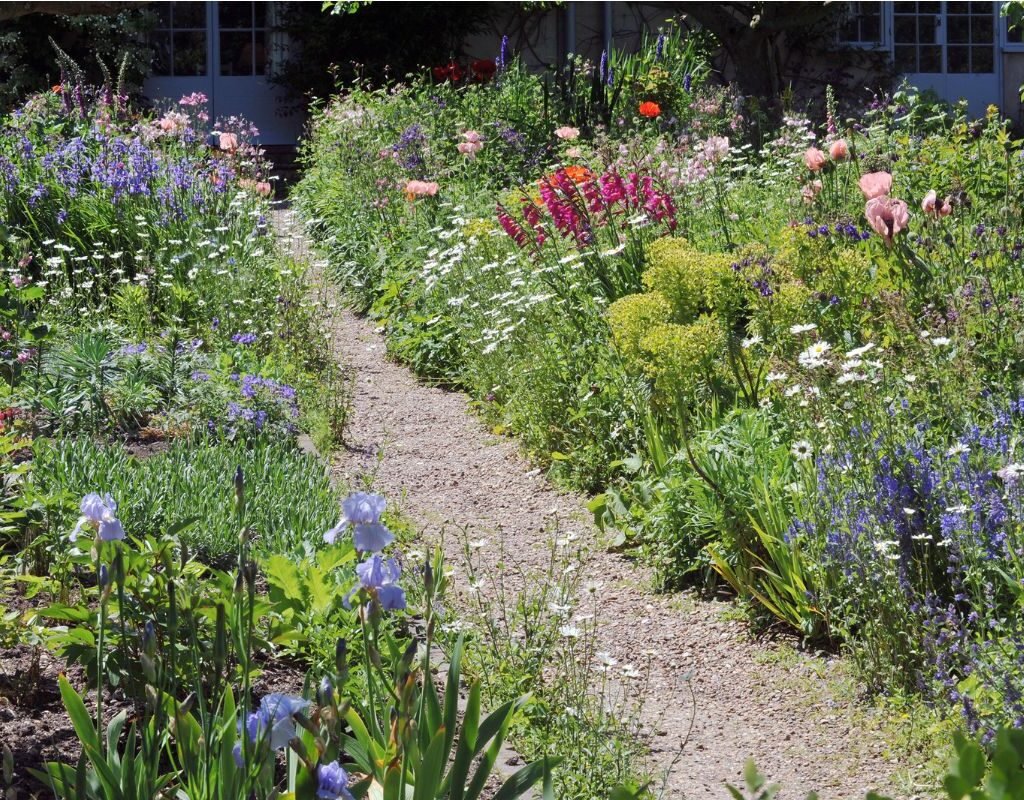
Lawns often suffer the most in summer heat, especially without regular watering. If yours looks more brown than green, early autumn is the perfect time to repair and revive it.
Steps to Lawn Recovery:
- Rake and Remove Debris: Clear dead grass and weeds to make room for new growth.
- Aerate the Lawn: Use an aerator tool to create small holes that improve airflow and allow water and nutrients to penetrate.
- Overseed with Cool-Season Grasses: Spreading grass seed over the existing lawn fills bare patches and restores density.
- Topdress with Compost: A thin layer of compost over new seed improves soil health and boosts germination.
- Regular Watering: Keep the soil consistently moist until the new grass is established.
By reseeding in late summer or early fall, your lawn will have time to establish strong roots before winter, ensuring lush green growth in spring.
4. Plant Fall-Friendly Crops and Flowers
Instead of just nursing tired plants, take advantage of cooler weather by planting crops and flowers that thrive in autumn. A hot summer may have taken its toll, but fall is a season of opportunity.
Best Vegetables to Plant After Summer:
- Leafy Greens: Spinach, kale, and lettuce thrive in cooler temperatures.
- Root Vegetables: Carrots, beets, radishes, and turnips do well in refreshed soil.
- Broccoli and Cauliflower: These crops love the mild fall climate.
Best Fall Flowers:
- Mums (Chrysanthemums): Known as the classic fall flower, mums bring vibrant color.
- Pansies and Violas: Hardy flowers that bloom into winter in many regions.
- Asters and Sedum: Add long-lasting color to perennial beds.
By introducing fall plants, your garden goes from survival mode to thriving again, filling it with freshness and life.
5. Fertilize and Plan for Long-Term Health

Finally, a tired summer garden needs a nutritional boost. Plants deplete soil nutrients over time, and extreme heat accelerates the process. A balanced fertilization routine ensures recovery and prepares your garden for future seasons.
Fertilizing Tips:
- Organic Fertilizers: Use compost tea, worm castings, or fish emulsion for gentle, slow-release feeding.
- Balanced NPK Fertilizers: Choose one with equal nitrogen, phosphorus, and potassium to encourage both root and leaf growth.
- Timing Matters: Fertilize early in the morning or evening when temperatures are cooler.
- Don’t Overdo It: Too much fertilizer can stress plants further—always follow package instructions.
In addition to feeding, plan for the months ahead by:
- Cover Crops: Plant clover or rye to improve soil fertility over winter.
- Protecting with Mulch: Insulate perennials and bulbs with an extra layer of mulch before frost.
- Garden Cleanup: Remove dead plants and weeds to prevent disease carryover.
This step ensures that your garden not only recovers now but also enters the next growing season stronger than ever.
Conclusion
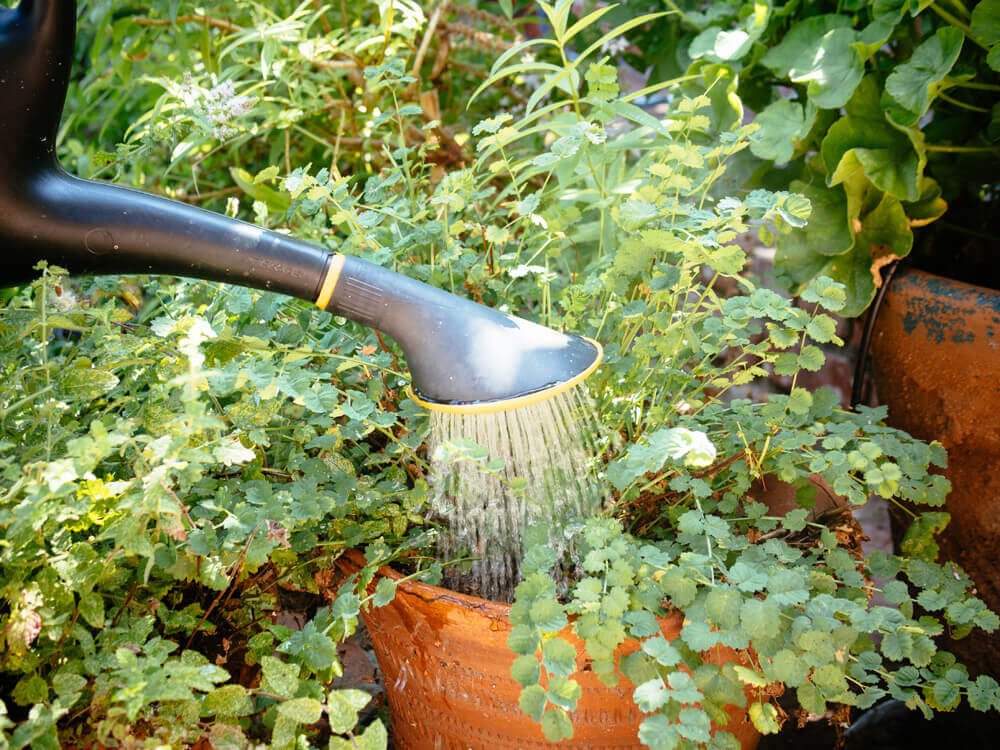
A hot summer may leave your garden looking worn out, but it’s far from the end of its beauty. By rehydrating the soil, pruning damaged plants, repairing your lawn, planting fall crops, and replenishing nutrients, you can revive your outdoor space and set the stage for months of lush growth.
Gardening is a cycle of renewal, and every season presents a chance to start fresh. With these five strategies, you’ll transform your garden from heat-stressed to vibrant, ensuring it thrives well into fall and beyond.
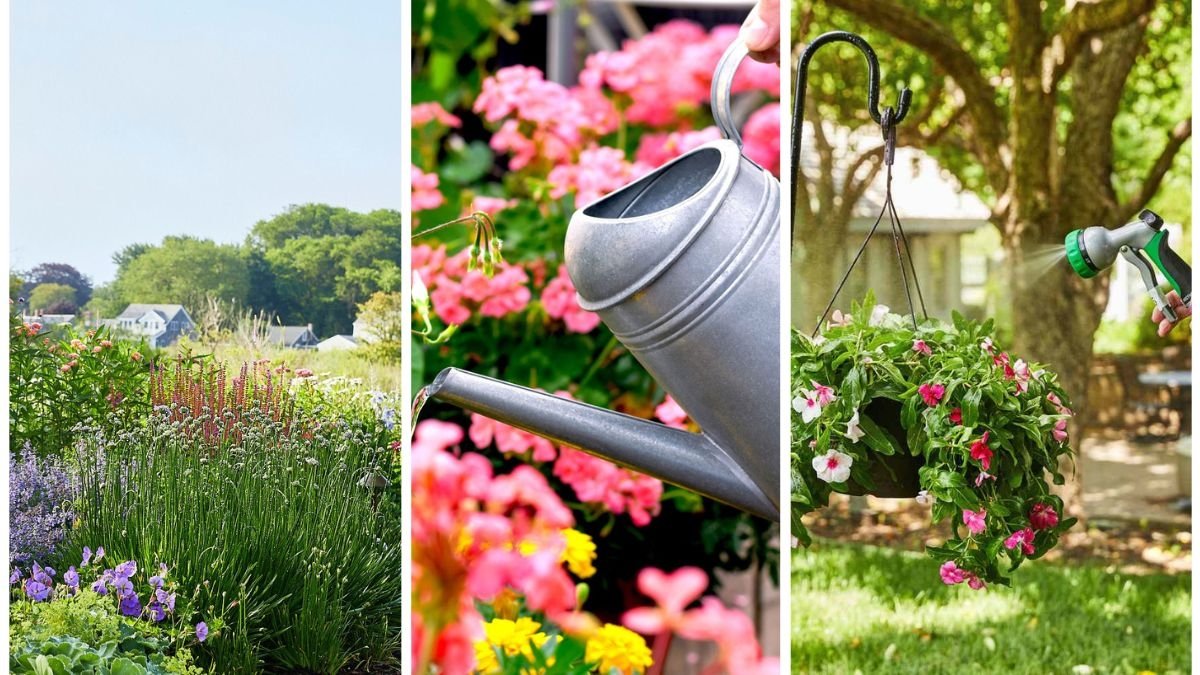
Leave A Comment